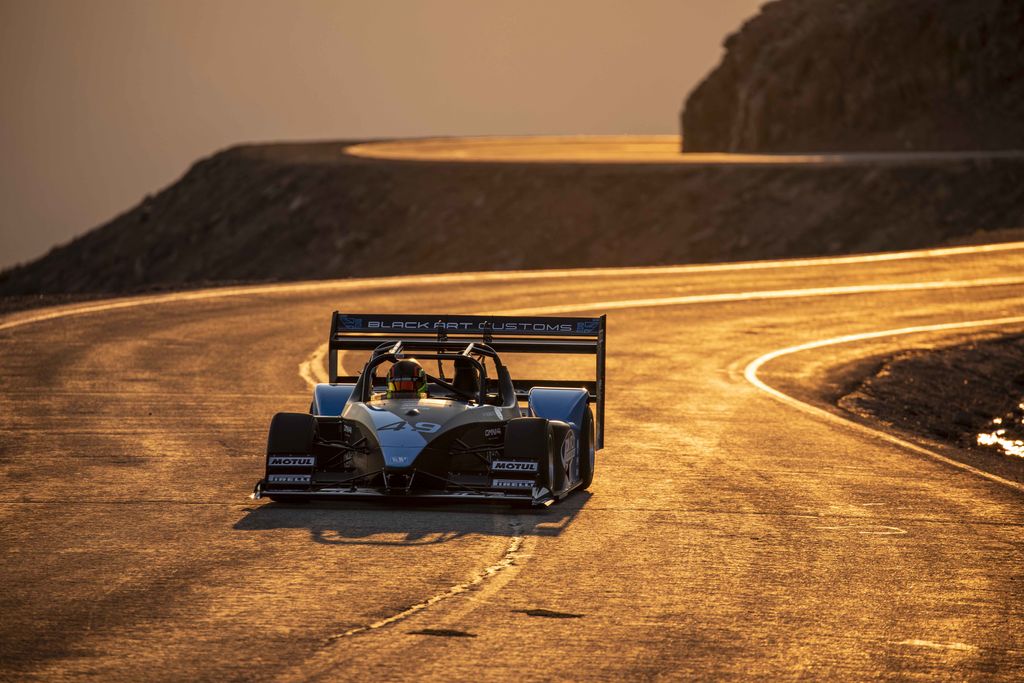Well, quite a lot. Originally, we planned to experiment with different viscosities of 300V but because we didn’t have the time, we ended up using the OEM-advised 5W30. Our main demand from the lubricant was to help with reliability, which it did flawlessly. One thing about Pikes Peak is that nothing is ever perfect. So, we didn’t want to take any chances. However, Motul also helped us push some parts of the car beyond their limits. When we were redesigning the engine, we estimated a power number that was lower than the one we actually ended up with and the lubricant was one of the reasons this happened. The gearbox is another example. The transmission we’re using is a Sadev sequential, which is rated at 500Nm but we’re putting over 600 through it. But with Motul gear fluid we had no issue at all. Another area where Motul really made the difference is the brakes. We’re running rather small Formula 3 brakes and we were struggling with brake temperature and the brake fluid boiling, which causes air bubbles. It meant we’d have to bleed the brakes after every run. When we switched to RBF700, the fluid held up and we only bled the brakes once before the race. On top of that, I noticed a significantly better pedal feel with RBF700. The pedal was much stiffer, giving me more confidence to brake later.












